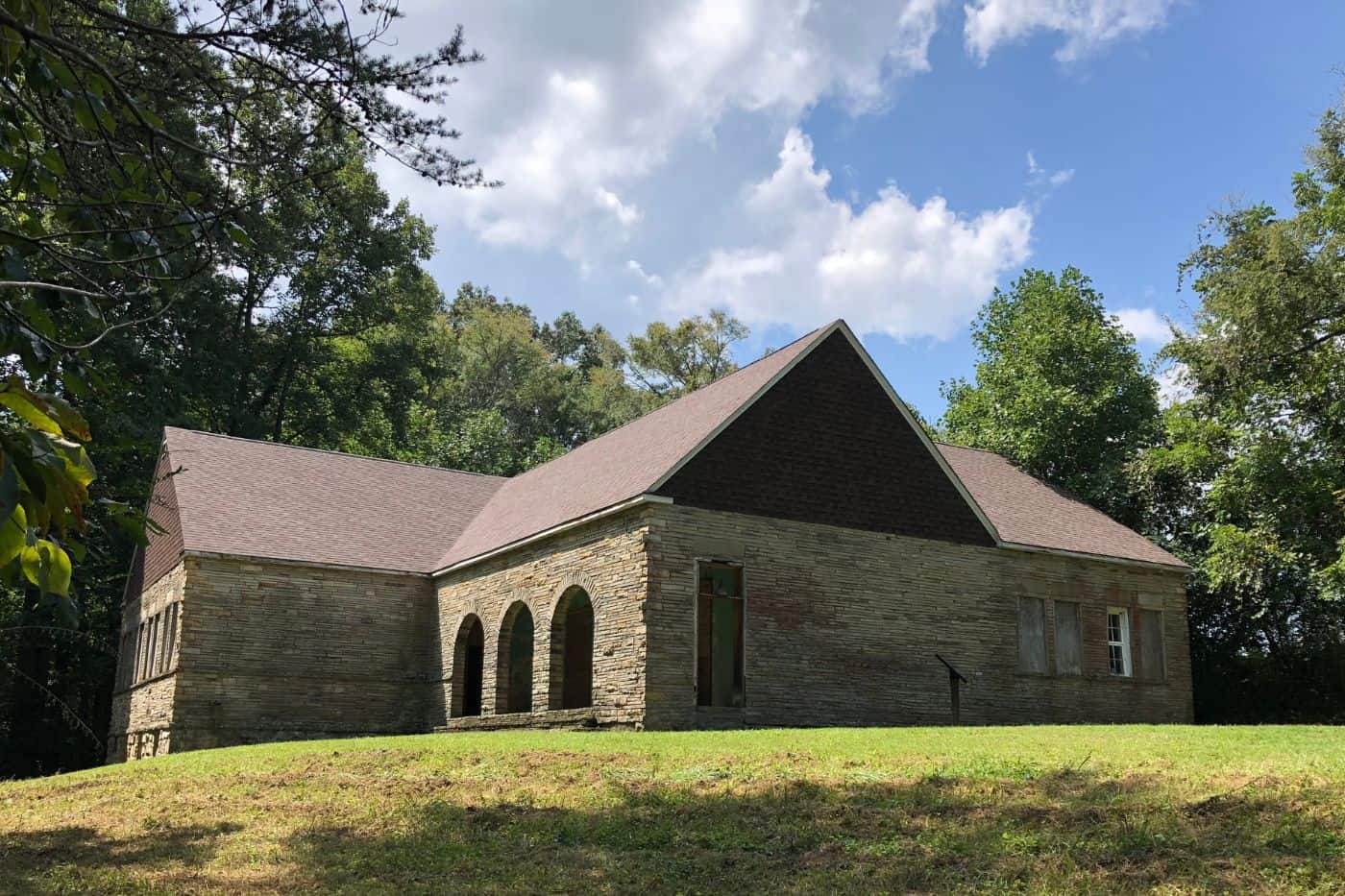Historic preservation architecture is the practice of protecting and preserving buildings and structures of cultural and historical significance. It involves the careful restoration and rehabilitation of historic properties to retain their original character and integrity while making them functional for future use.
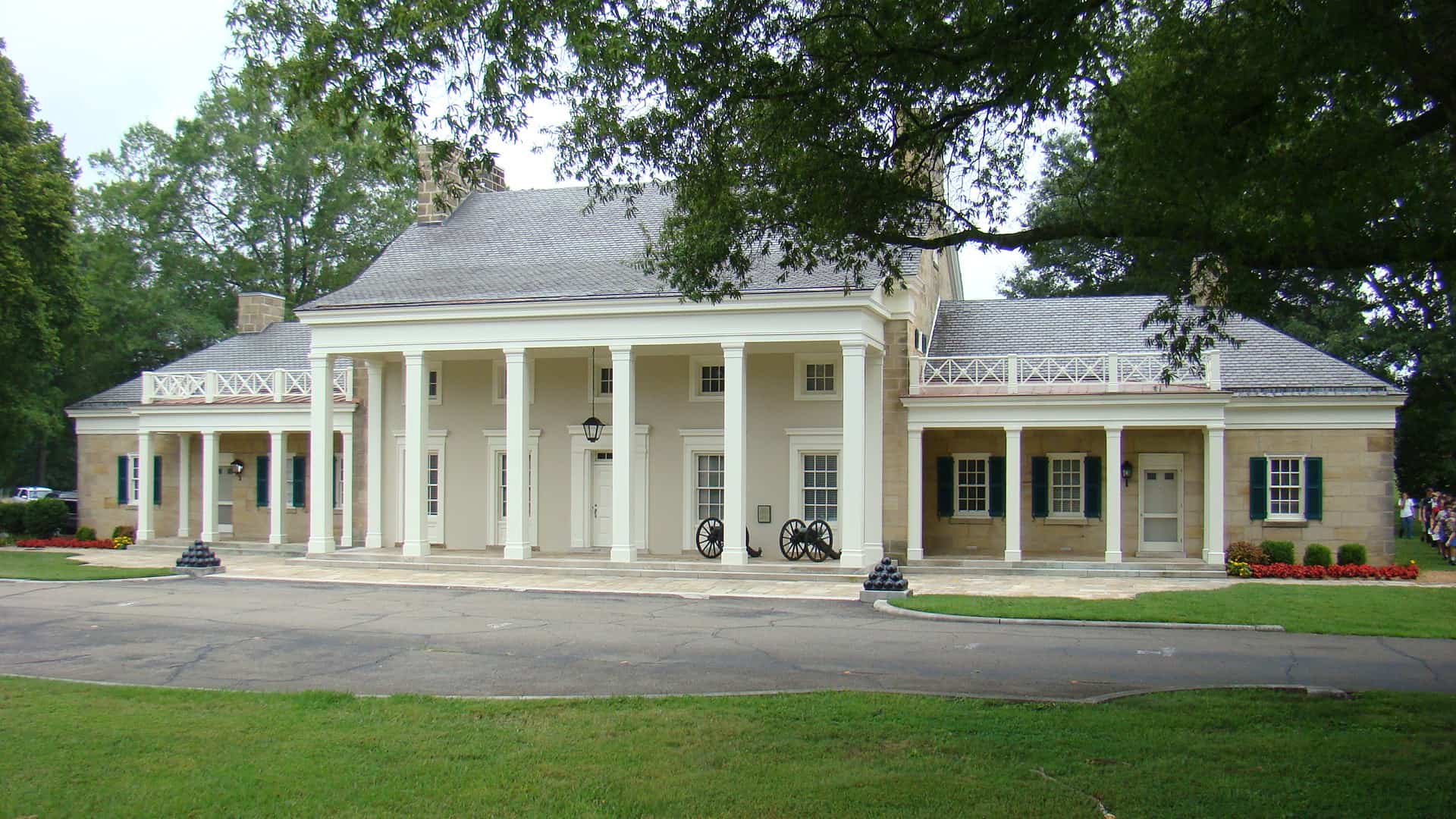
HK Architects modernized the porch and roof of the Chickamauga Visitor Center at the historic Chickamauga Battlefield in Fort Oglethorpe, GA in 2014.
HK's History with Historic Preservation
HK Architect’s core belief in sustainability and timelessness plays heavily in our historic work. We strive to create spaces that will stand the test of time. Clif McCormick, principal architect at HK Architects, is a recognized expert in the field of historic preservation architecture. With over 20 years of experience, he has a deep understanding of the unique challenges and complexities involved in preserving and restoring historic properties. Since 2012, Clif has served the state of Tennessee as the Historical Architectural Consultant. He is well versed in the National Park Service Guidelines for Historic Preservations and serves on the Chattanooga Historic Zoning Commission.
His historic preservation work ranges from preserving small buildings on state land to modernizing old Victorian homes to working with universities to modernize and restore buildings on campuses across the state. In some cases, this is a new roof or bathroom update, but in others it can be a complete renovation of the space.
Bringing the Old to the New
At the University of Tennessee at Chattanooga, Clif was part of the design team that renovated historic Guerry Hall, home of the UTC honors college – modernizing for today’s students while preserving the rich history and tradition of the school's heritage. The university wanted to update the flag room, create modern shared workspaces and classrooms for students, and upgrade faculty spaces in the building. HK Architects balanced the need to modernize the university space while retaining elements of the original design that hold significant history on the campus. Check out more of the project here.
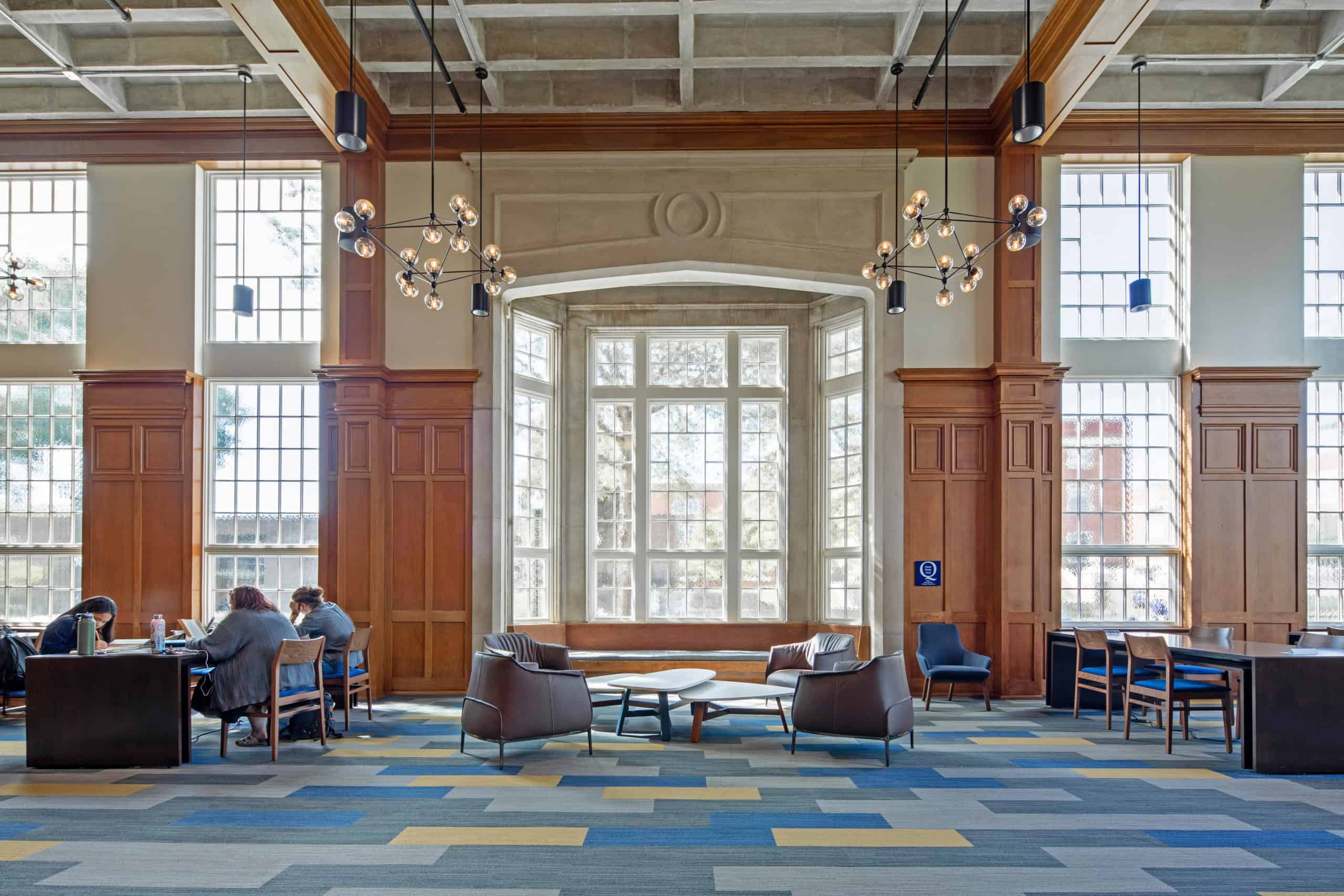
HK Architects updated the University of Tennessee at Chattanooga Guerry Center Flagroom, modernizing furniture and fixtures, while preserving stained glass and carved wall paneling.
Clif is currently involved in a renovation and restoration project in Ducktown, Tennessee at the Ducktown Basin Museum comprising twenty-four historic structures from the original copper mining facility. The property is listed on the National Register of Historic Places. There are eight large structures used by the museum; some of which include the museum and its offices, two event spaces with new public restrooms, a maintenance workshop, and multiple storage facilities. The purpose of this work is to make the property available to the community for private and public events.
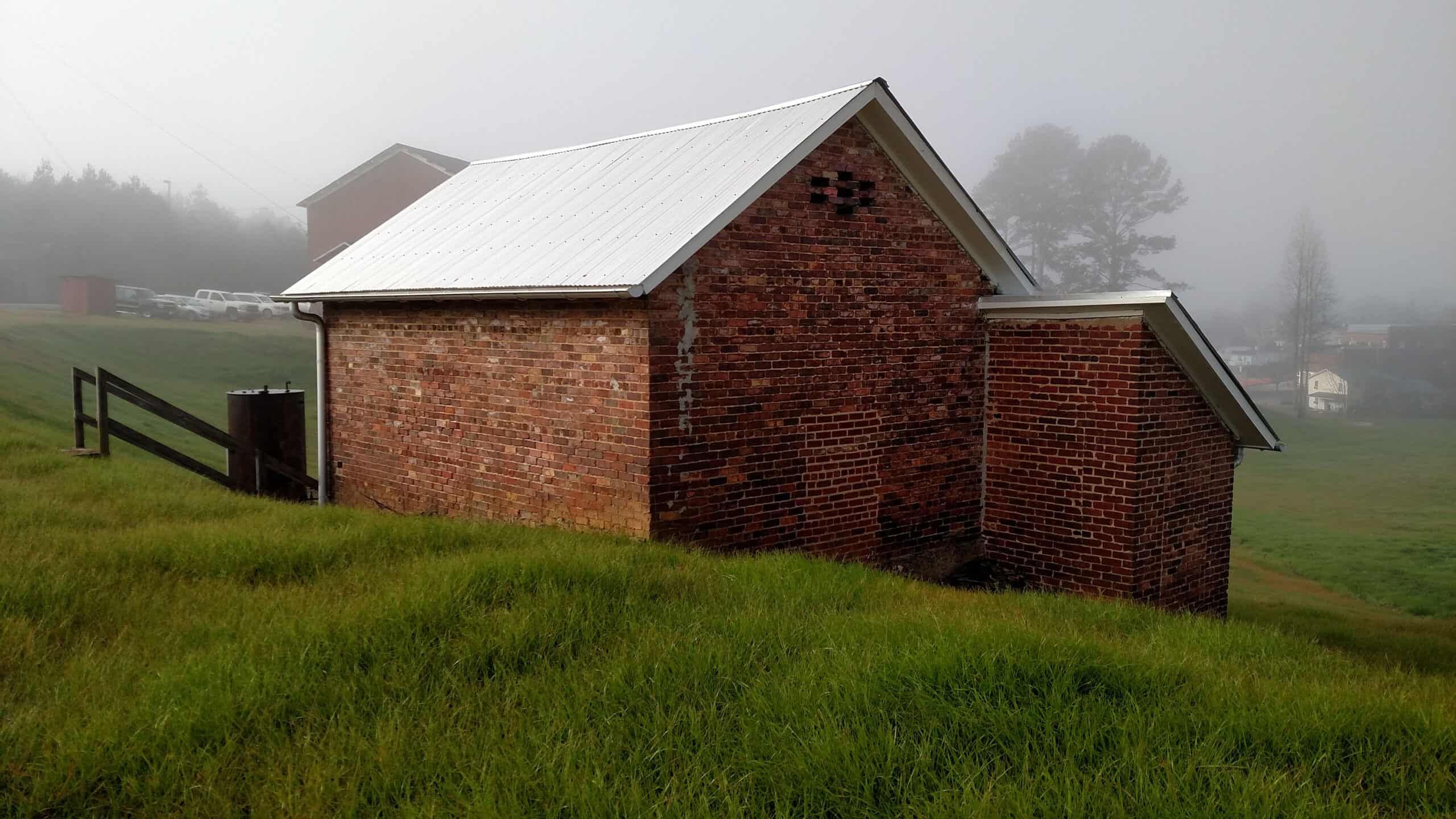
Small building at the Ducktown Basin Museum historically renovated by Clif McCormick.
About Historic Preservation
The purpose of historic preservation architecture is to ensure that future generations can appreciate and understand the cultural and historical context of the built environment. Though preserving old building certainly considers the past, historical preservation of buildings is focused on the future: preserving the property for future generations and modernizing the building for future use. The buildings and structures that are preserved serve as tangible reminders of the past and represent the cultural, social, and technological advancements of our ancestors.
Challenges in Historic Preservation Architecture
One of the key challenges in historic preservation architecture is balancing the need to preserve the original character of a building with the need to make it functional for contemporary use. For example, many historic properties need to be updated with modern amenities, such as plumbing and electrical systems, to meet current safety and accessibility standards. All updates and changes must not compromise the building’s historical significance.
Another challenge in historic preservation architecture is funding. Restoring and preserving historic buildings can be costly, and many organizations and governments struggle to secure the necessary resources to support these efforts. Therefore, a lot of the jobs Clif performs for the State of Tennessee mainly consist of preplanning – he visits the site, assesses needs, and writes a program and budget for future work. Consequently, finding the funding would be the next step for the state. Often, properties receive funding long after the original preplanning was done due to complex state budgets.
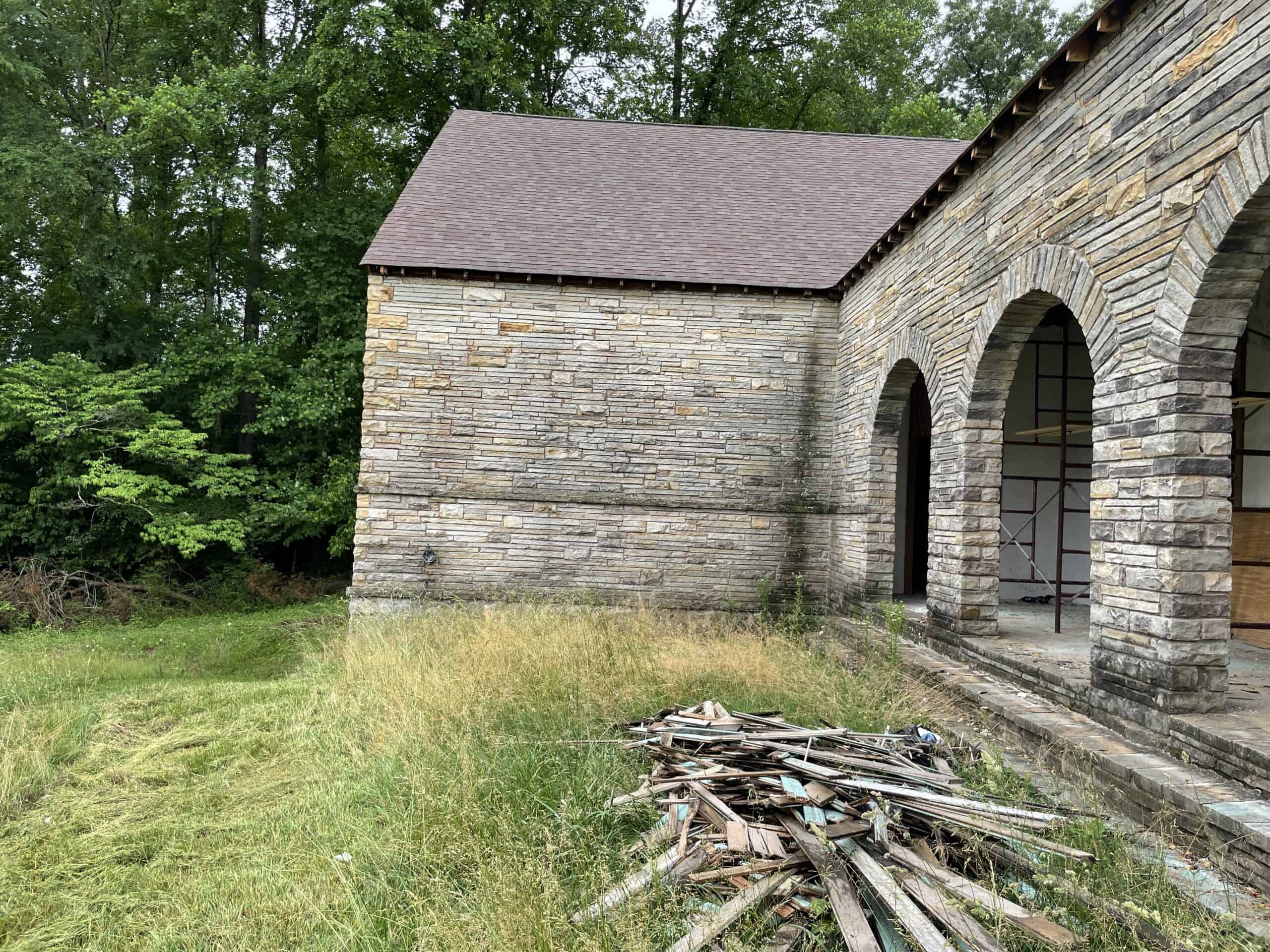
A photo from HK’s visit to the historic York Bible School in Pall Mall, Tennessee. The state of Tennessee is in preplanning and already had some construction underway before Clif McCormick, State Historical Architectural Consultant, was brought in.
In conclusion, historic preservation architecture is a critical aspect of our built environment. It provides a connection to our past and helps us understand the cultural and historical context of the buildings and structures that surround us. Whether you are an architect, a history buff, or simply someone who values the beauty and character of our built heritage, historic preservation architecture is a field worth exploring and supporting.

